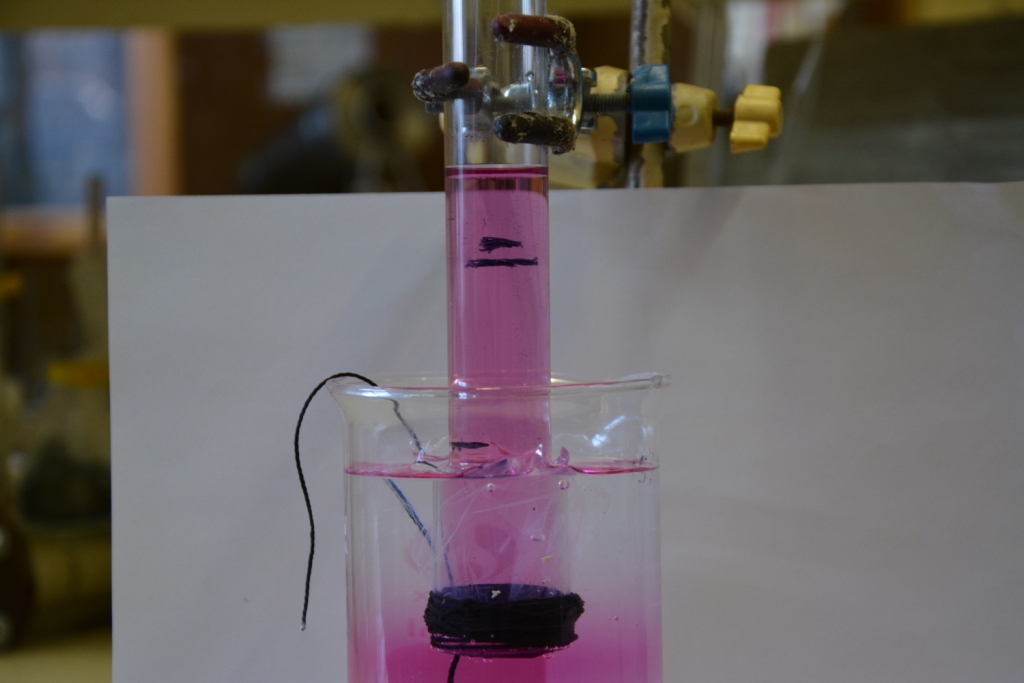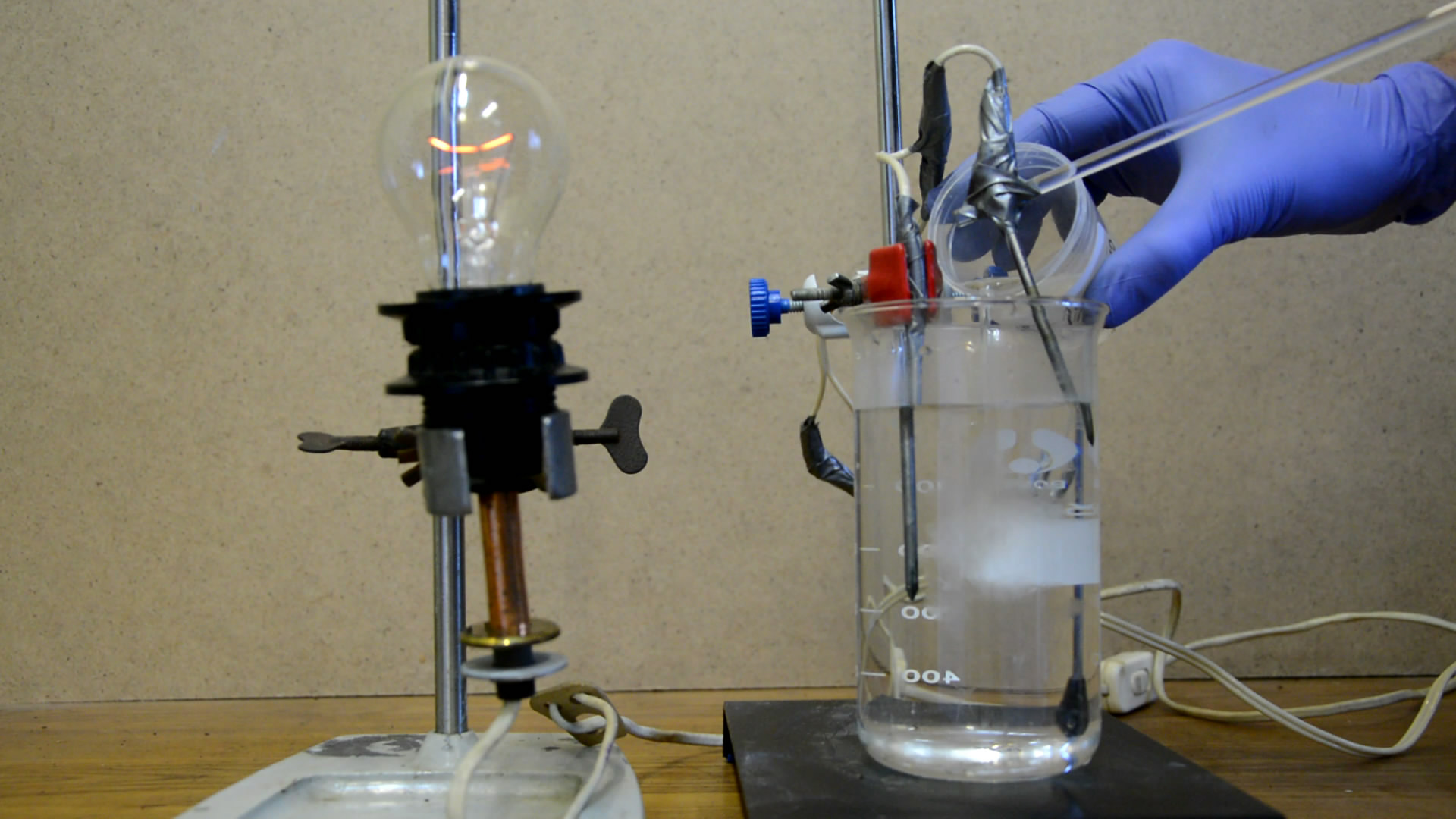Basic concepts of complexometric titration
发布时间:2021/3/17 9:17:22 来源:贯奥仪器仪表 作者:便携式多参数水质分析仪器 阅读次数:
In chemical analysis, the reaction of metal ions with certain reagents to form complexes is often used to determine the content of certain metal ions in a sample. The titration analysis method that utilizes the formation of complexes or complex reactions is called complex titration, also known as coordination titration analysis. The reaction of metal ions with complexing agents to generate difficult-to-ionize complex ions or complex ions is called complex reaction. Compounding agents can be divided into inorganic and organic compounding agents. Among them, inorganic complexing agents have been used in analytical chemistry very early.
For example, silver nitrate (AgNO3) standard solution is used to titrate the content of cyanide ions in the plating solution. With the continuous addition of silver ions, it will cooperate with cyanide ions to form soluble silver dicyanide complex ions that are difficult to ionize. At this time, the cyanide ions will gradually decrease. When the metering point is reached, the cyanide ions will basically become silver dicyanide. Coordination ion, when the titration reaches the stoichiometric point, a slight excess of silver ions will form a white precipitate with the coordination ion, which will make the tested sample turbid, indicating that the titration has reached the end point.

Use conditions of complexometric titration
Everyone should know that not all coordination reactions can be used for coordination titration in daily use. As the reaction of coordination titration, the following conditions must be met:
1. The complex formed by the complexation must be very stable
2. The coordination reaction during titration must be rapid
3. The formed complex is preferably soluble
4. In the process of complexometric titration, if there is a hierarchical coordination phenomenon, the stability of each complex should be quite different.
 Although there are many reactions that can form inorganic complexes, there are not many that can be used for titration analysis. The reason is that many inorganic complex reactions are often carried out in stages, and the complexes produced by titration have poor stability, so the measurement relationship is not easy. Confirmed, and the end point of the titration is not easy to observe. In some reactions, no suitable indicator could be found, which caused the complexometric titration method to be greatly limited. However, organic complexing agents have been developed since the 1940s, especially ammonia-carboxy complexing agents and metal ions formed complexes with a certain composition and great stability, which overcomes some of the shortcomings of inorganic complexing agents and are obtained in analytical chemistry. It has become more and more widely used, which has promoted the rapid development of complexometric titration.
At present, the most widely used organic complexing agent in complexometric titration is EDTA, among which EDTA is the most widely used.
Although there are many reactions that can form inorganic complexes, there are not many that can be used for titration analysis. The reason is that many inorganic complex reactions are often carried out in stages, and the complexes produced by titration have poor stability, so the measurement relationship is not easy. Confirmed, and the end point of the titration is not easy to observe. In some reactions, no suitable indicator could be found, which caused the complexometric titration method to be greatly limited. However, organic complexing agents have been developed since the 1940s, especially ammonia-carboxy complexing agents and metal ions formed complexes with a certain composition and great stability, which overcomes some of the shortcomings of inorganic complexing agents and are obtained in analytical chemistry. It has become more and more widely used, which has promoted the rapid development of complexometric titration.
At present, the most widely used organic complexing agent in complexometric titration is EDTA, among which EDTA is the most widely used.

